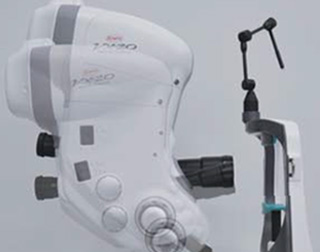

*As compared to previous models




*The SP mode is not supported in RF mode.
*With φ3.5mm photography, some eyes may cause flare around their circumference.

Photography with φ4.0mm/Photo: Showa University
